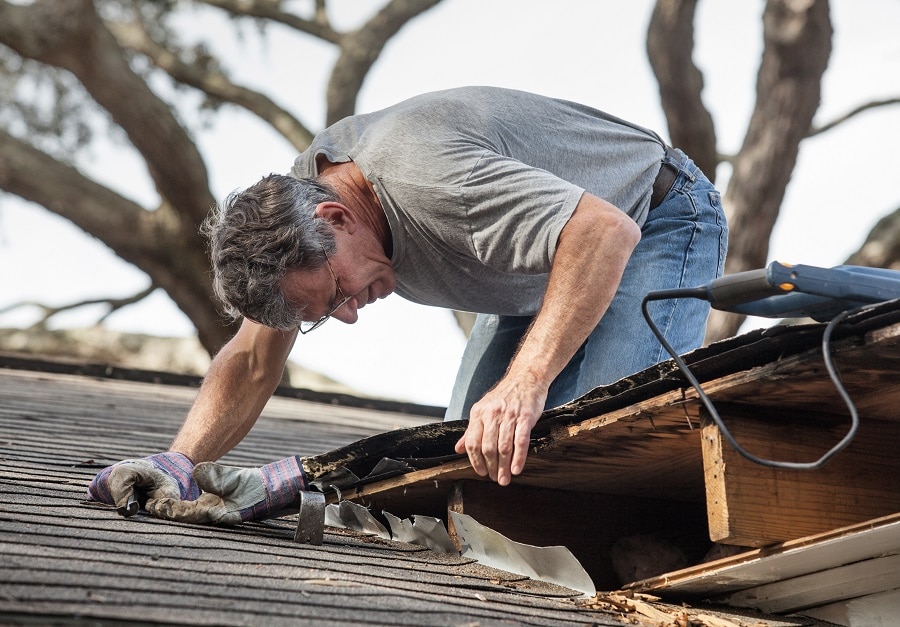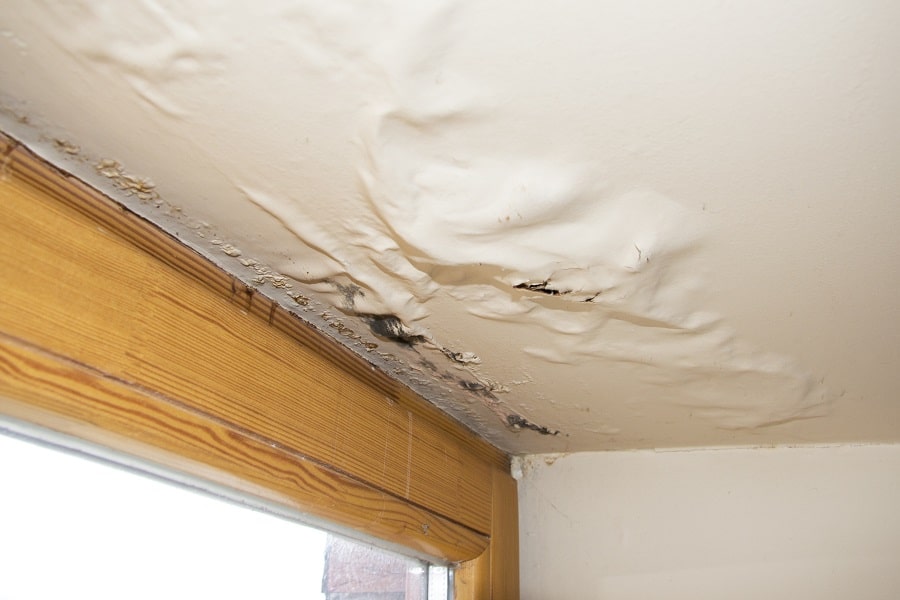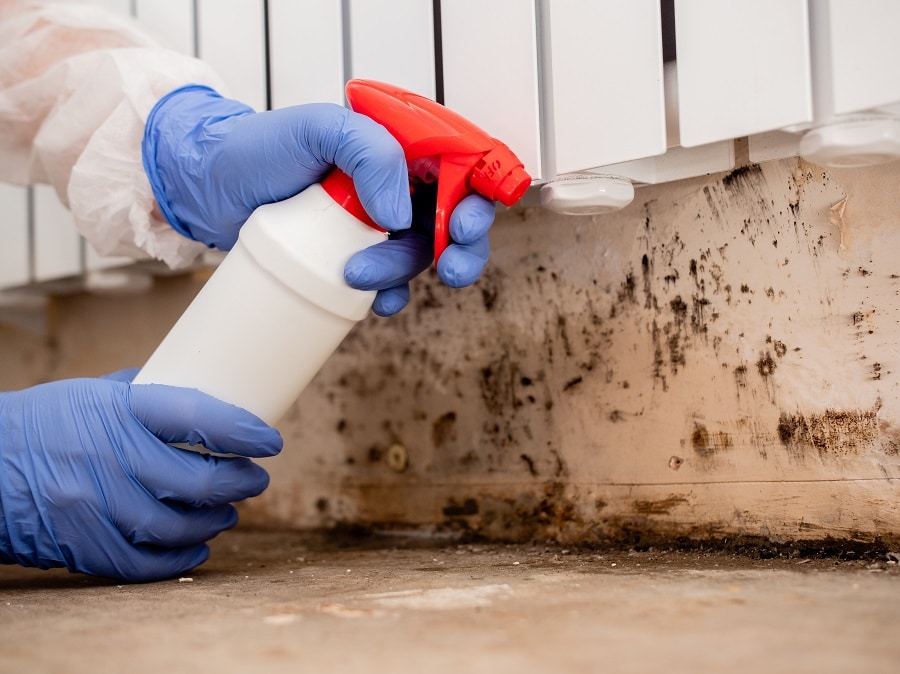Rot is often the cause of timber decay, regardless of the age of the building that houses it. Wood rot can show up in two prevalent forms: dry rot and wet rot, both resulting from fungal decay suffered by building timbers.
What is Wet Rot?
Wet rot refers to a parasite known to thrive in wet timber. It warps the timber, making it swell and causing the fibres to separate, this can lead to loss of strength, and eventually, crumbling in the timber structure. Wet rot can speed up the decay process, making timber lose its structural integrity and eventually collapse. Wet Rot is caused by structural wood coming into contact with sources of moisture. It could be from faulty plumbing or penetrating damp, on the ‘wet’ side of the house. Wet rot is a fungus which also spreads to cause damage to neighbouring timbers.
Our Guarantee
- upto 30 year guarantee
- customer focused team
- 20 years combined experience
- portfolio of satified customers
- attention to detail
- Construction line accreditation
- public liability insurance
- CHAS accreditation
What is the Difference Between Dry Rot and Wet Rot?
Dry rot triggers quick and extensive damage to structural timber as it spreads through the affected property. Meanwhile wet rot, despite being a more common occurrence, causes less damage; decay is typically restricted to the areas that remain wet on the timber. When fungi are absent, dry and wet rot can be differentiated by considering the difference in timber colour and the extent of damage noticed on the timber according to the progression of either type.
What causes Wet Rot?
Certain environmental conditions are behind the development of wet rot spores. The primary cause of wet rot is moist timber. Moisture plays a major role in the appearance and progression of wet rot. In these cases, the timber starts to show visible signs of decay.
The Dangers of Wet Rot in Polegate
Wet rot is a serious issue to deal with. It can destroy your property and reduce its value. If you have wet rot, it needs to be treated quickly, or it will continue to infect your house. Recent surveys of 2,038 London homeowners asked whether they experienced wet rot, where the rot had taken hold and whether they were able to stop it recurring in the future.
The results were shocking – more than 20% of homeowners experienced wet rot in some form. Wet rot causes damage to timber floors and can make the building structurally unsound. In addition to provoking costly repair work, wet rot can drag down your property value, and insurance companies typically shy away from offering policies to houses experiencing moisture ingress or damp build-up.

What are the Warning Signs of Wet Rot?
The signs of wet rot or the conditions that allow the fungus to gain a foothold in the timber depend on the type of moisture it comes in contact with. Some noticeable signs include a musty smell, wallpaper peeling, the central heating boiler malfunctioning, and cookers not working properly. Common areas where you can find wet rot include underneath the kitchen sink, along external walls, and roof spaces/attics. Wet rot typically attacks older buildings constructed using timber frames rather than modern species such as Meranti and Sapele. Timber from below ground level up to a one-floor level is another prime victim of wet rot. Identifying wet rot or dry rot is the first step toward preventing it. A damp survey is on the cards if you believe your home has been infested.
Call Our Sussex Damp Experts team now for quote, consultation and advice:
Call on 01273 257 765.
How and When Should I Look for Wood Rot?
Searching your home for any signs of wood rot or damp should be done annually, just like spring cleaning. The period just before winter; during your weatherproofing activities, is a good time for it. You need a flashlight and a screwdriver.
Examine the siding around and below the windows for signs of swelling or discolouration if your home has wood siding. Since paint can hide wood rot and to ensure that it is solid, poke the siding with the screwdriver. If you notice that the wood feels spongy and the surface gives in to pressure, then you have wood rot. Use a powerful flashlight to search for discoloured wood in the attic. Use the screwdriver test when you reach any part that fits the bill. You need to examine the roof decking’s base, the edge of the attic where the eaves are fashioned out of angled rafters, and the intersection of logs at the rooftop. These are the best locations for wood rot to grow in the attic.
Use the flashlight to examine the wood in the crawl room or basement for discolouration around the border wood plate sitting directly on the concrete wall. Use the screwdriver test wherever necessary. Examine walls and floors for signs of water leaks or discolouration under sinks, around tubs and baths, and the water heater.
How do we identify wet rot?
Recognising wet rot is not always a straightforward or easy task, wet rot is versatile and attacks timber in several forms. If you can push a knife all the way into painted timber, that is an obvious sign of rot. Our damp-proofing experts are trained to identify the following:
- Localised fungal growth on timber
- The soft, spongy feel of timber; the affected area appears darker than the surrounding timber.
- The soft and spongy texture of rotting timber; the affected region often looks darker than the other parts.
- That spongy, soft feel timber gets when affected by wet rot; the affected parts are darker than the other areas.
- The spongy, soft texture of rotten timber; the infested area is darker than the other parts.
- The springy feeling that is an indicator of wet rot; the affected area is often darker than others around it.
- Crumbling of affected dry timber into particles.
- Dry timber crumbling into particles.
- The crumbling of infested timber into dry particles.
- Dried-out timber disintegrating into particles.
- The disintegration of rot-eaten timber into particles.
- Shrinking timber
- Bleaching wood in window and door frames
- Flaky or damaged paint
- A musty, damp smell
What to Do After You Detect Wet Rot?
You need to engage a damp expert to treat wet rot and ensure the source of the moisture ingress is identified and stopped to ensure that the problem does not recur. For further information about treating wet rot, call us on 01273 257 765 and let Sussex Damp Experts help.
Wet Rot and Damp Proofing in Polegate

We can provide help with damp proofing and wet rot treatment in Polegate. Call us immediately you spot any indication of damp or wet rot in timber around the house. By helping you fix the problem, you can save money on expensive repairs and also minimise the health risks attached to letting the decay progress unimpeded. Our qualified surveyors will help you identify the cause of the issue and the best steps to take in rectifying it.
Timber damp proofing is not a cosmetic treatment; it’s a maintenance strategy that’s designed to protect the timber from rot and decay. There are only ever two ways to properly safeguard your timber from the elements.
Surface treatments are never reliable; they fail and worsen the situation in due course. The only solutions are either fully covering the surface using a membrane, replacing the timber, or treating it. Call 01273 257 765 today to speak to one of our experts concerning wet rot treatment in your building.
Wet Rot Treatment Specialists in Polegate
With over ten years of experience in the field, we are one of the leading wet rot specialists in Polegate, offering free surveys and no obligation quotations to householders, landlords and commercial property owners. Our wet rot experts will examine your property and come up with solutions to cut off the source of moisture ingress. Our team of experts can identify and offer lasting treatments for different types of wet rot using advanced methods.
Wet Rot Treatment in Polegate
Wet rot can be found predominantly in areas that are constantly exposed to moisture. However, we don’t just deal with the affected area alone during treatment, we consider the source as well. We find out where the water is meeting the wood and prevent the damp from recurring in the future, this ensures we put a stop to any reappearance/re-occurrence of timber rot in your property. To get a lasting solution, only seasoned professionals should be responsible for wet rot treatment. Delay in treatment results in pricey repair work down the line. You are best served to contact damp proofing specialists such as Sussex Damp Experts immediately you notice signs of fungi development or hyphae strands.

We have the necessary know-how to treat wet rot. Sussex Damp Experts is always ready to help, we quickly identify the cause of the humidity and the affected areas. Don’t wait till the timber starts falling off, call 01273 257 765 today or fill our contact form and we will reach out to you.
Our Wet Rot Treatment Process in Polegate
The damage worsens the more you put off starting the treatment process. If you notice the presence of fungal rot at the early stages, treatment can be narrowed down to a small area. In situations where the rot has advanced across your timber’s breadth, you may need to get replacements for full timber beams or take on major repair work. Wet rot treatment involves several steps. The treatment of any fungus-related issue involving timber should start by protecting it from damp. We take corrective action to locate and eliminate the sources of water leakage on timber including poor guttering and condensation. Builders and contractors without sufficient expertise in the matter tend to replace the decayed wood. This is usually followed by applying chemical preservatives to the damaged area. Such an approach is assured of failure. If you are having problems with wet rot in your building, contact Sussex Damp Experts today. We can help you eliminate the problem.
What happens to Wet Rot if left untreated?
Leaving wet rot to grow unchecked will lead to the weakening of the structural timber which could affect the safety of the residents. When rot sets in, the timber becomes spongy and soft, and caves in when you prod it with a sharp edge such as a knife or screwdriver. The long-term effect is that the timber loses its structural integrity with time, and you also run the risk of condemning your building if the issue persists. Call Sussex Damp Experts 01273 257 765 and discuss your project with one of our wet rot treatment experts today.
What is the cost of Wet Rot Treatment in Polegate?
Rot can have a devastating effect on any property. The cost of repair work and damp proofing will vary based on the type and severity of the infestation, but that shouldn’t deter you. With our team of experts on hand to help, you’ll quickly discover that with wet rot treatment in Polegate, it is more affordable than you would expect. We are committed to helping you make the right choices for your home and health.
How to prevent wet rot?
At all times, wood should be kept dry to avoid cases of rot. You can also apply wood hardeners to protect the timber from the effects of rot. The wood becomes more resistant to moisture when coated with the hardener. The areas in a building that are most susceptible to damp include window sills and boxes, timbers touching stonework without being subjected to damp proofing treatment such as sealant and fungicide applications.
Talk to Our Wet Rot Treatment Experts Today!
If you seek further information to help you select the treatment of wood rot that would best serve your needs, don’t hesitate and call 01273 257 765 to talk to a Wet Rot advisor at Sussex Damp Experts.
FAQ
Is wet rot smelly?
Is Wet Rot Capable of Spreading?
Can Wet Rot Cause Health Problems?
Is there a DIY treatment solution?




